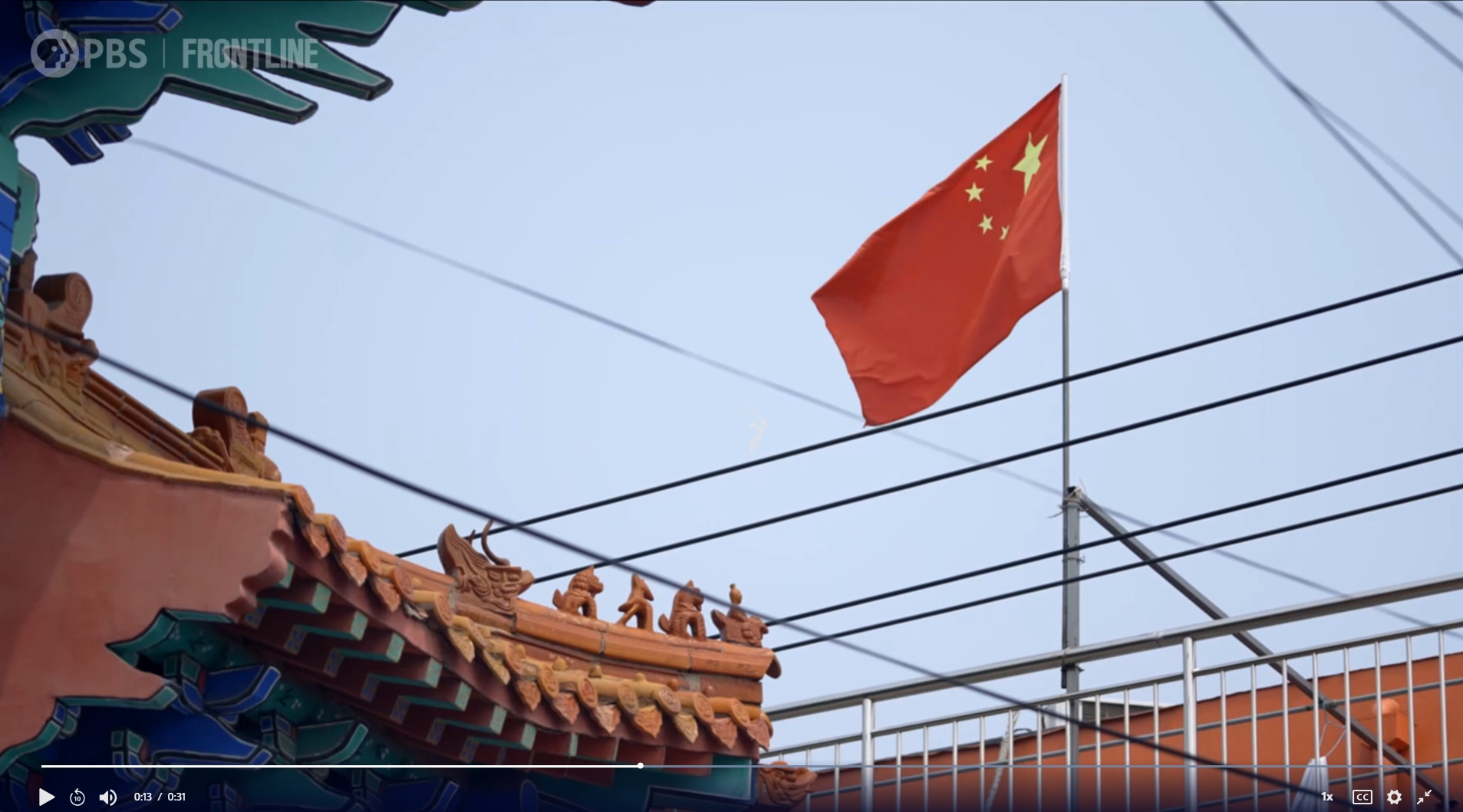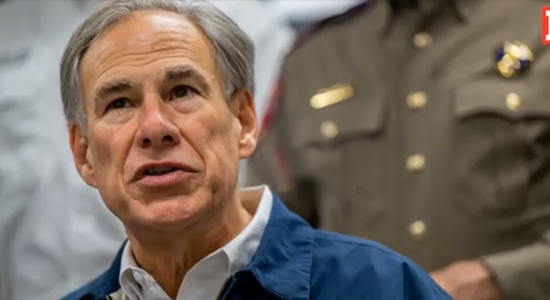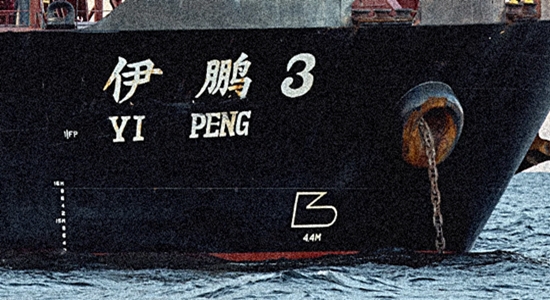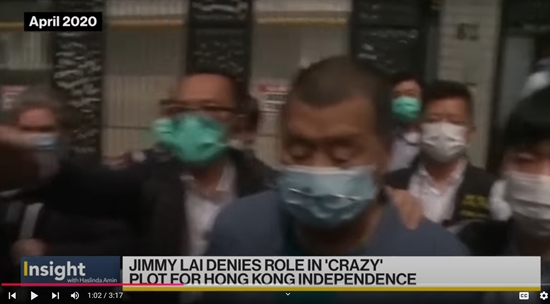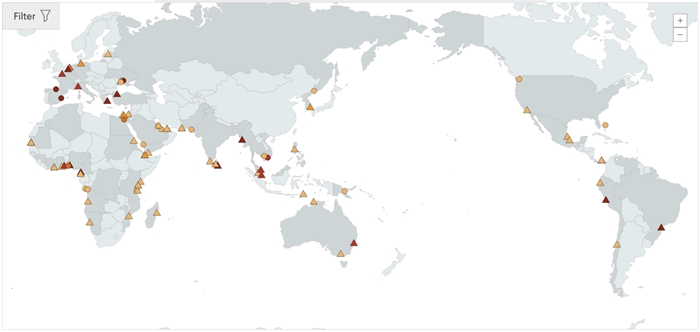
When China’s Belt and Road Initiative reached its tenth anniversary last year, the headlines were harsh: “China spent $240 billion bailing out ‘Belt and Road’ countries–study,” “China’s ‘Belt and Road’ grew out of a lending spree. Now those loans may be its problem,” “China gave huge loans to some countries. Now it’s spending billions to bail them out.”
Failure for whom?
This looks like failure writ large. But whether it is a failure—for China—depends on what it wants to accomplish with the Belt and Road Initiative. What is the BRI for and what does it actually do?
The Initiative was established in two parts, reports the World Economic Forum: the Silk Road Economic Belt and the 21st Century Maritime Silk Road. “The Economic Belt part of the strategy aims to build and expand land routes for people and commerce across [Eurasia].” The Maritime Road “plans for expanded sea routes across East Asia, South Asia, the Middle East and Africa.”
Wikipedia paints a rosy picture of the BRI’s potential, saying that according to many World Bank studies, the Initiative “can boost trade flows in 155 participating countries by 4.1 percent” and expand the GDP “of East Asian and Pacific developing countries by an average of 2.6 to 3.9 percent.”
The regional effects can be striking. According to John Haughey of the Epoch Times, the Belt and Road Initiative has enabled China to “become South America’s largest source of infrastructure investment and second-largest trading partner, increasing trade from $18 billion in 2002 to $450 billion in 2022.”
So we have the benefit of trade increases, if the numbers are real. But not in Italy, which “suffered a net loss” after four years of membership in BRI “as the trade deficit with China more than doubled since Italy joined in 2019.”
Setting aside the economic considerations, Italy’s former ambassador to NATO instead stresses that his government “underestimated the geopolitical relevance of the initiative” and that the United States “had made it clear to the present Italian government that participation was incompatible with Italy’s position in the G7.” So politics plays a part too.
The AidData research group says that over the course of BRI’s history, China “issued thousands of loans worth nearly a trillion [dollars] for big-ticket infrastructure projects spread across 150 countries.”
And China has spent an estimated $240 billion bailing out 22 countries unable to repay their billions in Chinese loans; the BRI countries “in debt distress soared from less than 5% of [China’s] overseas lending portfolio in 2010 to 60% in 2022.”
This must be a program with an incentive structure that overrides profit-and-loss feedback: a bad-loan machine in which the lender grants ever more credit to “extend and pretend” that its loans are viable.
Influence and control
In his classic memoir Confessions of an Economic Hit Man, first published twenty years ago, John Perkins recalled his adventures as an economic hit man.
His mentor told him that his job was “to encourage world leaders to become part of a vast network that promotes U.S. commercial interests. In the end, those leaders become ensnared in a web of debt that ensures their loyalty. [The U.S.] can draw on them whenever we desire—to satisfy our political, economic, or military needs.”
This may be akin to what is going on with BRI lending. In Malaysia, former Prime Minister Mahathir bin Mohamad campaigned against “overpriced BRI initiatives and canceled $22 billion worth of BRI projects.” Closer to home, Joe Biden has called BRI agreements “debt and noose” agreements.
The United States publicly charges China with debt-trap diplomacy, i.e., making loans that they expected governments to default on, “allowing Chinese interests to take control of the assets.” To date, though, control of the assets does not seem to be the goal this particular lending game. Only in one case so far, the Sri Lankan port construction default, has China taken over the project (for 99 years!).
Neither control of the assets nor financial return seems to be the point of these projects. The point, rather, is loans and then loans on loans that offer the prospect of influence and control over the borrowers themselves. If the solvency of the Chinese lending banks and agencies can be managed and China’s domestic economy protected from damage, there is a tradeoff here that benefits the communist state.
This discussion about lending has been about the land-based new projects of the Silk Road Economic Belt. The Maritime Silk Road runs on different principles, however. In this approach, state banks buy shares in operating businesses, like port services firms, or they lease ports entirely. After the deal is made, cash is flowing from day one. Even if China has overpaid, the revenue stream of the business can eventually make up for it.
The Council on Foreign Relations provides an interactive map (shown above) of global Chinese-controlled ports. Visit it and you’ll be looking at a lot of ports. And unlike the willy-nilly infrastructure lending on the landward side, there is strategic economic logic to China’s maritime BRI.
Every segment
China’s state-owned enterprises (SOEs) “do not merely deliver containers,” says Christopher R. O’Dea, author of Ships of State: China’s New Maritime Empire. “They build, install, finance, and operate an integrated system connecting any economy to the world’s logistics network. Other shipping or port-management companies operate in one or two segments of global logistics, but Chinese SOEs operate in every segment.”
There is also noneconomic grand strategy at work here: this is a “maritime delivery network that is assured of connection to China factories in the event of military conflict or a standoff with the U.S.” Countries that “outsource critical logistics to Chinese SOEs through multi-decade contracts align their interests with Beijing’s.”
So China’s shaky development loans offer one form of diplomatic influence while its “maritime logistics model seeks host-nation subservience to an internationalist empire run from Beijing.”
The BRI, then, is a maturing system of political control as well as a likely vehicle for business and government corruption.
Pakistani terrorists and suicide bombers understand this, and they have begun acting on this understanding by destroying BRI projects that they see as nothing but still more exploitation of the locals. It’s the start of an interesting new phase in BRI history. □
James Roth works for a major defense contractor in Virginia.
